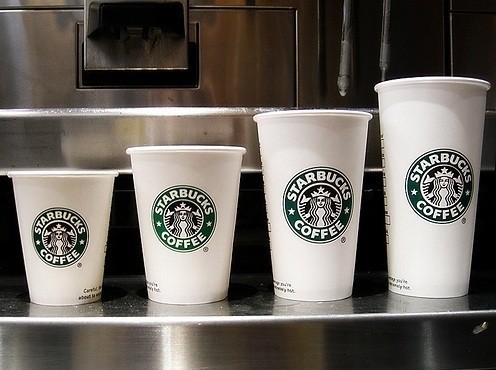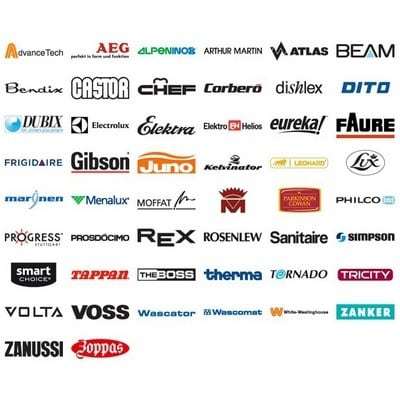The product line length within a company keeps changing. Generally, there are three price bands which exists in any market – Lower priced products, middle priced products and premium products. One brand concentrates on one price brand.
But the larger brands have the deep pockets to start multiple product lines which can target multiple customer segments, premium or otherwise. Based on this target market, and the type of product lines that the organization wants to introduce, the organization takes part in product line stretching.
A product line consists of variants of the same type of product. So if Audi has a Q series of vehicle, it will have multiple products within the Q series but this is just one product line. Audi will have multiple such series and therefore multiple product lines.
P&G and HUL for example, are present in soaps, detergents, bathing soaps, and numerous other product lines wherein the target market is huge. And these brands keep observing new opportunities opening up. As the same product cannot target the complete market, the product line is extended which is known as product line length extension. This can happen by two ways – Product line stretching and Product line filling. This article mainly deals with product line stretching which is of three types.
Table of Contents
Down Market product line stretching
This type of Market stretch is observed when a brand is present in the middle or the upper premium markets but does not want to lose the lower level markets which might have a high level of consumption or which might pose a threat to the middle and upper level of market. A brand can perform a down market stretch by either starting a complete new brand name and building brand equity from scratch or using the same brand name as the one it has currently.
Take a look at Samsung Smartphones. Where Samsung has premium smartphones like the Edge series, it also has the A series of cheaper smartphones so that it does not lose the massive consumption which happens in cheap smartphones. Does, Samsung does a lot of down market product line stretching.
Another example is Parker pens which have taken over the likes of Cross and Mont Blanc in terms of turnover and overall profitability. Cross and Mont Blanc have their own premium brand equity, but Parker on the other hand has covered the middle market and at the same time has the premium market as well. So this is a down market stretch where it has entered the middle level market.
There are multiple reasons that a company might do down market product line stretching
- It wants to cover both the upper market and the lower market
- It wants to get rid of lower level competition which can become upper level competition if allowed to survive
- The middle or lower market might have been ignored which can be swooped up by the upper market player.
Up Market Product line stretching
Naturally, it is the exact opposite of Down market stretching and in this case, companies which are from the lower market, introduce premium product range so as to enter the premium market. This is the dream of any company because each company when it starts, generally starts with the mass audience in mind, and then plans on introducing niche and profitable products.
A company does up market product line stretching when it wants more profitability and it wants to have more premium customers. To do so, it must have a solid customer base of itself and it should also have a strong brand equity to showcase itself as premium. There have been brands which have been a complete surprise in terms of their up market stretch.
Starbucks coffee became a premium coffee outlet in a sector which has been existing for ages and yet has middle or local level players. Same goes for Evian bottled water as well as for Hagen Daz ice cream. These are sectors filled with brands that are mass level, middle or lower class. In this market, an up market stretch was necessary to capture the market and to get fantastic profitability. These are brands which started with the middle market but scaled to up market quickly looking at the demand for their products.
There are similar cases of up market stretch observed in the Automobile market. Volkswagen has some ultra premium brands like Bentley & Lamborghini, Toyota has Lexus, Honda has Acura, these are examples of up market stretches by companies which otherwise manufacture mass level passenger cars.
Two way Product line stretching
A two way product line stretch is observed when a brand tries to establish itself in the premium as well as low level segments and in general wants to cover the complete market. If a brand is covering a middle segment, and thinks that it needs to launch some premium products as well as low cost products for the lower classes, then it is free to do so.
In fact, many brands build up brand architecture such that they are able to cover all segments and therefore are able to get maximum turnover and revenue. Using the same examples as above –
- Volkswagen has the Polo and several brands for the masses and also has Beetle, Audi and several others for the classes.
- HUL has premium brands like Dove in beauty soaps & Magnum in Ice creams whereas it has many brands in the middle and low level segment.
Brands which export products or exist in multiple countries have multiple brand names in different countries so that their brand equity is not affected elsewhere if they are a premium brand in one country and a mass level brand in another. AB Electrolux has at least 50 brands doing business in numerous countries, each brand is different from one another and has a separate target market. Thus, AB Electrolux is a true practitioner of two way product line stretching.
Overall, A product line stretching is helpful to a company because it saves the company in bad times. The premium products add good margins during good times which help the company thrive. And during bad times, the mass level product keep giving good business. So a company has to look at its complete business market and decide the product line stretching strategy.
Liked this post? Check out the complete series on Product Management



not layouted at all, pls use better layout
Good read, thanks for it. Kinda defeats the purpose of positioning but nowadays with globalization companies can play around regionally